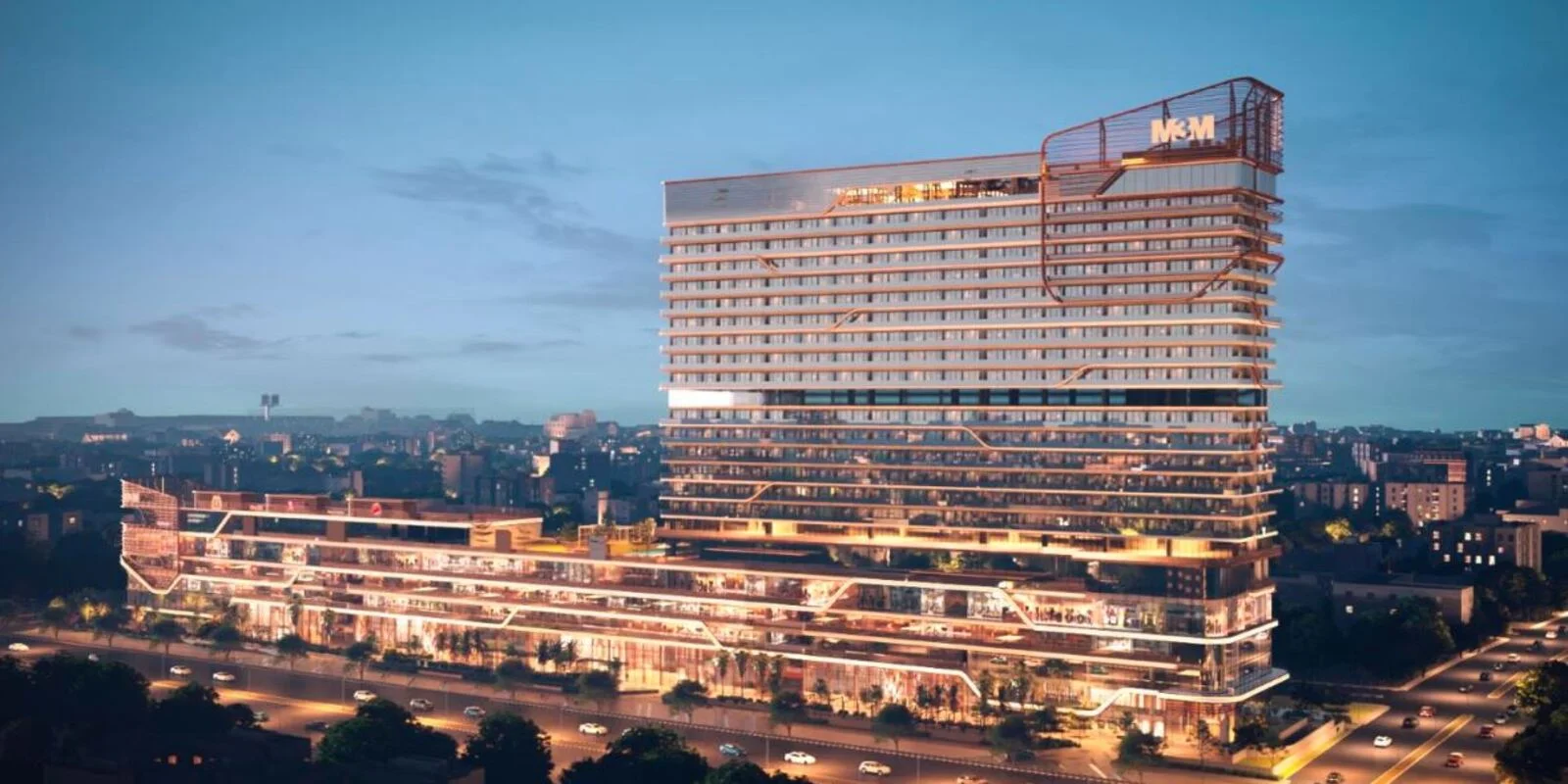Faridabad-Jewar Expressway: Transforming Connectivity and Regional Development
The National Highways Authority of India (NHAI) is spearheading the construction of the Faridabad-Jewar Expressway, a key infrastructure project designed to enhance connectivity and drive regional development in the National Capital Region (NCR). Spanning 31.425 km, the expressway promises faster travel and significant economic benefits. Here are the key highlights:
Key Project Highlights
- Length: 31.425 km
- Estimated Cost: ₹2,414.67 crore
- Number of Lanes: Initially six, expandable to eight
- Construction Start Date: June 22, 2023
- Expected Completion: June 20, 2025
- Managing Authority: National Highways Authority of India (NHAI)
- Travel Time Savings: Reduced to 15 minutes between Ballabgarh and Jewar Airport
- Highways Linked: Delhi-Mumbai Expressway, Yamuna Expressway, KGP (Eastern Peripheral Expressway), KMP (Western Peripheral Expressway)
This expressway plays a pivotal role in the NCR’s infrastructure, ensuring swift and seamless travel to Jewar International Airport, slated to open in December 2024.
Route and Villages Covered
The expressway begins at the Link Road Junction on the Delhi-Mumbai Expressway near Sector 65 in Ballabgarh, Faridabad. It covers 22 km in Haryana and 9 km in Uttar Pradesh before terminating in Dayanatpur, near Jewar. Along its route, the expressway passes through several villages:
Villages in Haryana:
Jhuppa, Fallaida Khadar, Bahpur, Kalan, Chhaysa, Mohiyapur, Mohana, Hirapur, Mehmadpur, Narhawali, Panhera Khurd, Fafunda.
Villages in Uttar Pradesh:
Dayanatpur, Vallabhnagar, Karauli Bangar, Farida Bangar, Amarpur, Jhuppa (Gautam Buddha Nagar District).
Additionally, 10 km of service roads on both sides will facilitate local traffic.
Connectivity and Interchanges
The Faridabad-Jewar Expressway ensures smooth interconnectivity with major highways:
- Delhi-Mumbai Expressway: Connecting directly to Mumbai.
- Yamuna Expressway: Providing access to Agra and other parts of Uttar Pradesh.
- KGP (Eastern Peripheral Expressway): Linking cities like Kundli, Ghaziabad, and Palwal.
- KMP (Western Peripheral Expressway): Connecting Kundli, Manesar, and Palwal.
An interchange at Mohana village will enable seamless integration with the KGP Expressway, enhancing regional connectivity.
Construction and Timelines
Construction began on June 22, 2023, with a total investment of ₹2,414.67 crore. The project is expected to be completed by June 20, 2025, aligning with the operational timeline of Jewar International Airport, set to open in December 2024.
Economic and Real Estate Impact
The expressway is expected to have a transformative impact on real estate and economic activity along its route:
- Property Value Surge: A projected 30-40% increase in property values in areas such as Faridabad, Ballabgarh, and Jewar.
- Residential Growth: Increased demand for affordable housing projects in Haryana and Uttar Pradesh.
- Commercial Development: New commercial hubs, offices, and retail centers along the expressway.
- Industrial Expansion: Reduced travel time to Jewar Airport makes the area appealing for industrial investments and logistics.
Strategic Importance for the NCR
The expressway forms part of a broader plan to improve NCR’s infrastructure. Jewar International Airport will complement Delhi’s Indira Gandhi International Airport, decentralizing air travel and reducing traffic congestion. The expressway will also enhance tourism by providing easier access to Agra and Jaipur.
Future Potential
Once operational, the Faridabad-Jewar Expressway will be a key driver of industrial, commercial, and residential development in both Haryana and Uttar Pradesh. Its expandable design ensures it will meet future traffic demands, setting a benchmark for future infrastructure projects connecting major urban centers to emerging airports.
Final Thoughts
The Faridabad-Jewar Expressway is a game-changer for the NCR, promising reduced travel times and unlocking immense economic potential. With its strategic integration with Jewar International Airport and major highways, the project is poised to bring long-term benefits to transportation, real estate, and regional development, marking a new era of growth for the region.







